Revenue Managers - do you know when you are MAD?
Revenue Managers - do you know when you are MAD?
No, not furious with your GM with setting too high a budget; or about to blow a gasket because your Sales Manager has just contracted new business at a really low rate... but MAD as in do you know as a Revenue Manager your Mean Average Deviation or even your MAPE, which is your Mean Average Percentage Error?Let's look at this in more detail. As Revenue Managers, we are all about the numbers and these numbers should also be incorporated into tracking ourselves. How close were we to our forecast? How far out were we from budget? Tracking and measuring is part of our every day job but should also be used to judge just how accurate we are.As Revenue Managers we often sit in meetings and tell Management Teams that in 3 months time, we aren't going to hit budget. We are trending behind and we have the figures to prove it. Let's take April as an example. As off 01 February, we can look back to the same point in time last year i.e. 01 February 2017 and see by day, how many rooms we had sold for April 2017. In 2018 we are behind by 200 rooms for the month. It is our jobs as Revenue Managers to see why we are behind and then re-act to it. We can take last year and this year into account and adjust our forecast and 'time-stamp' it today 01 February 2018. That gives us a marker on how we see our business currently for April 2018.We work with the Sales Team and the Marketing Team, the Operational Team, Front Office Team and of course Reservations and we put plans in place on how to close this deficit. We do the same measurements again 01 March 2018 and time-stamp it. This time we now need only 80 rooms to pick-up. We adjust and go back to the teams and do a last big push and by the time we close April, we are ahead - result!But what we really need to do, is see how our forecast changed for each and every day and how that adjusted each time we 'date stamped' it.So lets say we finished over a particular 4 day period as follows (and of course you need to do this for every day in the month)
| Forecast | Actual | Difference | |
| Thursday 19 April | 72 | 82 | +10 |
| Friday 20 April | 89 | 79 | -10 |
| Saturday 21 April | 90 | 100 | +10 |
| Sunday 22 April | 53 | 43 | -10 |
Our 'Actual' Total comes to 304 rooms over this 4 day period which is an average of 76 rooms each day.As you can also see our difference is +10/-10/+10/-10, so if you looked at the pure maths this would average itself out and become zero. Over this 4 day period we were spot on! We forecasted the exact right number of rooms. But did we? Is this actually true? Did we have zero margin of error? Of course not. Remove the +/- and you total 40 with an average of 10 over the 4 days.10 becomes your MAD - your Mean Absolute Deviation - or the average number of rooms you were out each day.To get the MAPE or the Mean Average Percentage Error just divide 76, which is your average number of rooms sold each day by 10; which is your average deviation. The result is 7.6% which in revenue terms really isn't great. So you may have matched your forecast and bust your budget but actually your margin of error was 7.6% and as every good Revenue Manager knows, this is way above a more suitable average of 4% error.So my advice, is do this 3 months out - when you 'date stamp' your forecast. Then do it the start of the following 2 months, and then when you close the month. See how your error margin changes and ask yourself why...Of course, this is just a sample of 4 days, but a really good way of measuring how you are doing and exactly how well those wonderful strategies you and your teams put in place to fill room actually work. Wouldn't it be great to be able to go to your Management Team with these figures? After all, isn't that what is unique and wonderful about of us fantastic Revenue Managers ? ;)(and for all things revenue, just ask@rightrevenue.wpengine.com)

